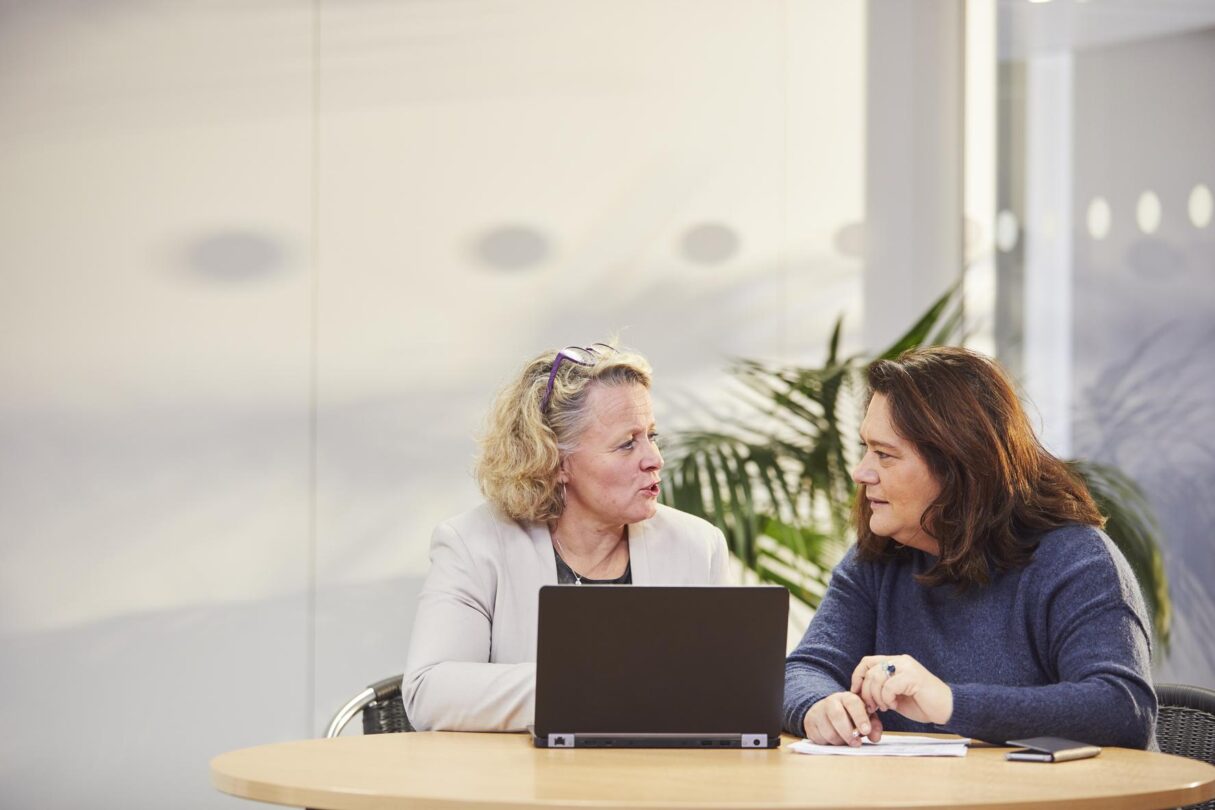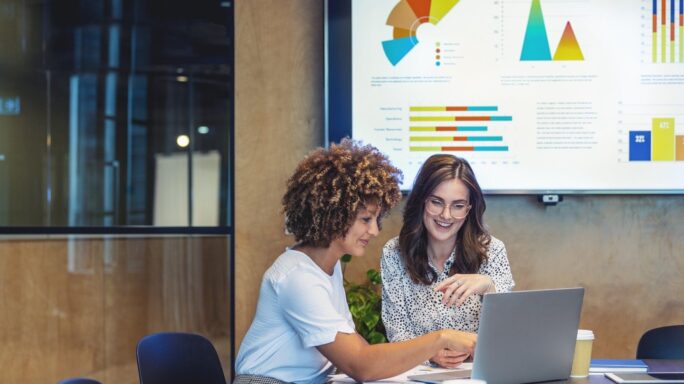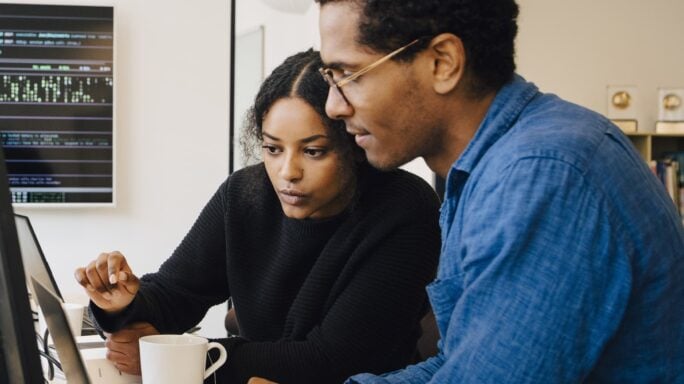People & Leadership
How a multi-generational workforce can learn from each other
HR and People teams can do a lot to support and get the most from a multi-generational workforce, but what can the workforce itself learn from each other?

“Knowledge speaks, but wisdom listens,” said the legend that was Jimi Hendrix. Sadly, he didn’t live to a ripe old age – but today’s workforce is.
For the first time ever, today’s workforce comprises five different generations – aged from 17 to 70 – all under one proverbial roof, and they have a lot to learn from listening to each other.
Multi-generational workforces are not a new phenomena but the gaps between the generations have never been so wide.
Ageing baby boomers are staying in employment longer and millennials now make up the largest proportion of the workforce.
HR and People teams can do a lot to support and get the most from a multi-generational workforce, but what can the workforce itself learn from each other? And how can HR teams facilitate this?
Harnessing skills and experience
When Baby Boomers retire, they’ll take with them all the institutional knowledge they have spent their entire career amassing. Make sure their experience and knowledge is shared with others.
Equally, as entry-level employees join, encourage them to impart their knowledge and skills. They have grown up in a very different era to their older counterparts.
As the barrier to entry into the workforce becomes more competitive, many school leavers pursue extracurricular activities and often start their new jobs having set up student societies, worked abroad, established social enterprises and much more.
They bring with them a wealth of experiences and talents amassed at school and beyond and should be encouraged to add these into the mix in the workplace.
Social learning
What better way to encourage collaboration and skills sharing than through social learning?
Social learning is not about the traditional way of documenting knowledge and handing it down or teaching it in a formal way. It’s all about learning from those around us in the workplace.
It’s far more fluid and requires an environment where employees of all generations are willing to listen to each other.
Social learning moves people from recalling well-defined methods to figuring out what works and doesn’t, tweaking their approach as they go along.
It also means developing relationships across the team, teaching and learning from each other.
Older generations can offer institutional knowledge as well as experience in terms of how to deal with stress, how to manage people, how to progress a career as well as interpersonal skills. They can use their influence to help rising young talent in the company.
The younger generation can help with fresh ideas and energy, as well as practical advice on how to use new technologies.
By creating multi-generational partnerships, everyone has an equal opportunity to bring their own life experiences and talents to the team.
Cross-generational mentoring
Generation Z are praised for their mastering of all things digital, but some lack the social skills needed to build relationships with business partners internally and externally.
In addition, the more experienced employee can also share institutional knowledge with the younger worker.
Create a reciprocal mentoring programme where younger employees can teach older ones how to use social media to drive business results, and older generations can provide mentoring regarding interpersonal skills and communication.
Inspiring collaborative working
Generation X like to make their own imprint on their work and are pretty self sufficient, whereas Generation Y and Z, while being extremely ambitious, need regular feedback from their managers and like to work in teams.
It doesn’t mean that these generations are incompatible. On the contrary, they have much to learn from each other and to offer each other.
By shifting the collective mindset at work so the different generations see each other as partners rather than subjects of a rigid hierarchical system, they can all benefit from new ideas coupled with experience and wisdom.
Making it happen
Getting your multi-generational workforce to work collaboratively will not happen on its own.
You can give them tools to help, but you won’t be successful unless you change the mindset of your employees to be much more open to learning and to sharing knowledge.
This requires a more conducive environment for knowledge sharing.
To create this, HR and People teams should actively look at their talent pipelines and consider the balance when hiring younger and older workers, as well as rewarding teams and departments for working collaboratively rather that the traditional focus of rewarding the individual only.
Today’s workforce need to be more collaborative, agile and flexible in order to meet market demands, recruit and retain high calibre talent.
If you want the best, then you need to obtain it from a wide multigenerational pool.
Sage People live demo
Want to attract the best people, retain your key talent and increase productivity? Request a free, live demo of Sage People and discover how it can help you achieve your goals.






